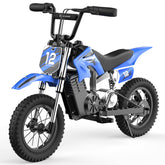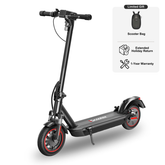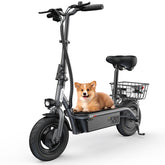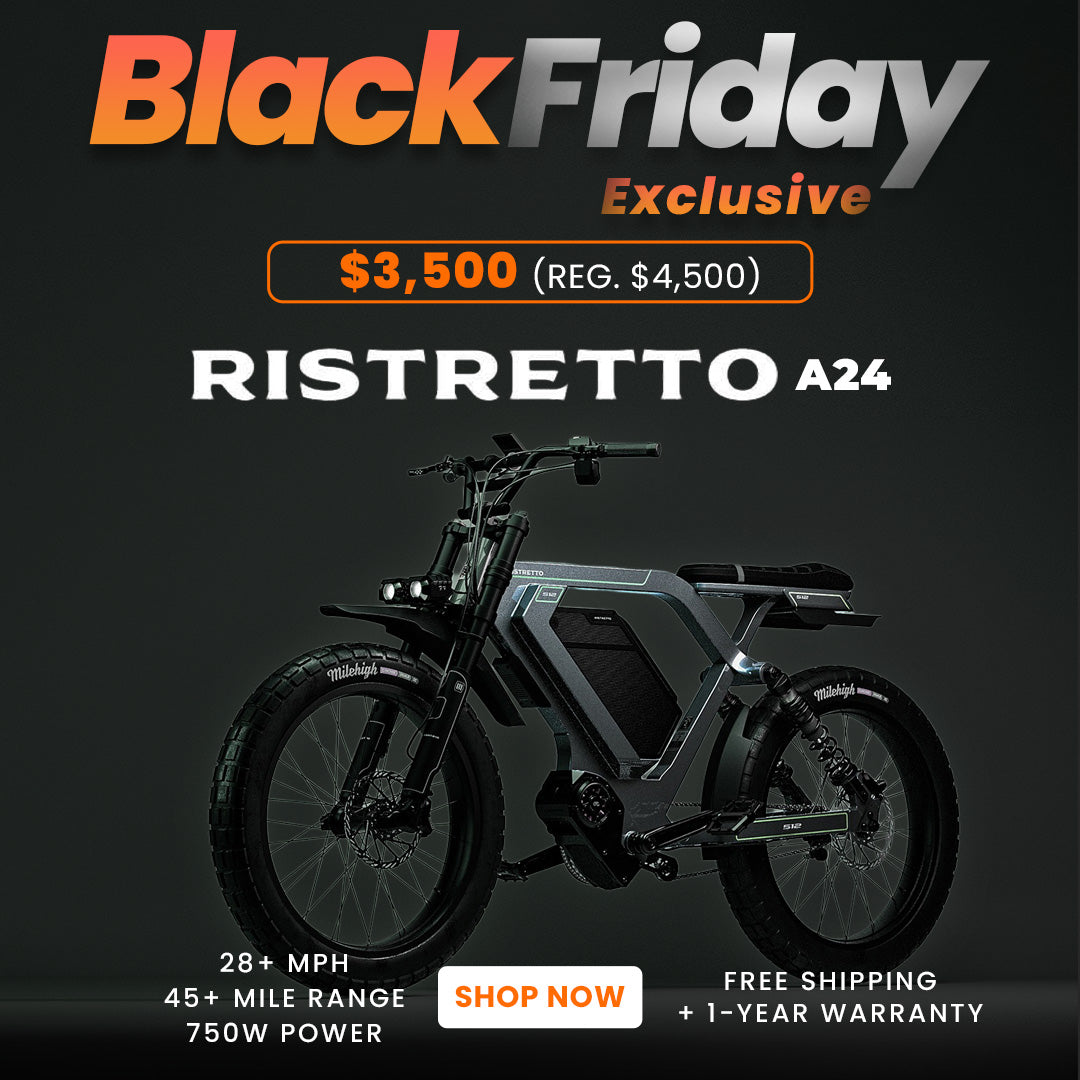Top 7 Safety Tips for Riding Electric Scooters in U.S. Cities | EVWholesale
Electric Scooter Safety Tips: How to Ride Safely
Electric scooters are changing the way we commute, offering eco-friendly, cost-effective, and fast travel options for city riders. But with this convenience comes responsibility. Following electric scooter safety tips is essential to protect yourself and others on the road. At EVWholesale, we care about your riding experience and want you to enjoy your scooter safely. This guide covers everything from helmets to safe riding speeds, night riding strategies, and essential maintenance checks.
Helmet Importance
Wearing a helmet is non-negotiable. According to safety studies, helmets reduce the risk of severe head injuries by more than 70%. A scooter may feel less risky than a motorcycle, but falls can happen at any speed. Here’s what to look for when choosing a helmet:
- Certification: Look for DOT, ECE, or CPSC-certified helmets.
- Fit: It should sit snugly without wobbling or pressing uncomfortably.
- Style: A full-face helmet offers maximum protection, while open-face helmets are lighter but less safe.
Safe Speed
Modern scooters are powerful, with some models exceeding 50 mph. While this speed is exciting, it can be dangerous in urban environments. Follow these safe speed guidelines:
- In busy city streets: Keep speeds under 15–20 mph.
- On bike lanes or shared paths: Stay under 12 mph to respect pedestrians and cyclists.
- On open roads: Ride at a comfortable speed while maintaining control.
Remember: the faster you go, the longer it takes to stop, and the higher the impact in case of a fall.
Road Awareness
Road awareness is about staying alert and anticipating potential hazards. Safe scooter riding requires defensive driving—always assume others might not see you. Here are some best practices:
- Maintain a safe distance from vehicles and avoid blind spots.
- Use both hands on the handlebars and avoid distractions like phone use.
- Signal your turns clearly with hand signals or built-in scooter indicators.
- Slow down at intersections and look both ways even when you have right of way.
Night Riding Tips
Riding at night can be dangerous due to reduced visibility. To ride safely after dark:
- Lighting: Ensure your scooter has a strong headlight, taillight, and side reflectors.
- Clothing: Wear reflective vests or strips on your jacket and helmet.
- Route selection: Stick to well-lit roads and avoid isolated areas.
- Speed: Ride slower than usual as hazards are harder to spot in the dark.
Maintenance Checks
Even the best scooters need regular care. A quick maintenance routine before riding ensures safety and prolongs your scooter’s life:
- Tires: Check air pressure and look for cracks or punctures.
- Brakes: Test brake responsiveness before each ride.
- Battery: Ensure it’s fully charged and properly connected.
- Bolts & frame: Tighten loose screws, especially on the handlebar and folding mechanisms.
- Lights: Confirm that headlights, brake lights, and indicators work properly.
Safety Gear Must-Haves
Besides helmets, consider these essential scooter safety gear items:
- Gloves: Protect hands from scrapes and improve grip.
- Knee & elbow pads: Reduce injury severity in falls.
- Reflective jacket: Makes you visible to cars and other riders.
- Wrist guards: Prevent fractures during unexpected falls.
- Proper shoes: Closed-toe, flat shoes with good grip are a must.
Extra Safety Practices
Along with gear and habits, riders should follow these rules:
- Ride solo unless the scooter is designed for two people.
- Never ride under the influence of alcohol or drugs.
- Follow local traffic laws and avoid sidewalks unless permitted.
- Stay updated with your scooter’s manual for recommended usage and safety guidelines.
Frequently Asked Questions (FAQs)
1. Do I need a license to ride an electric scooter?
This depends on your country or state laws. In many regions, low-speed scooters don’t require a license, but always check local regulations.
2. Are electric scooters safe for children?
Scooters are recommended for riders aged 14+ with safety gear. Always supervise young riders and ensure they follow speed limits.
3. Can I ride my scooter in the rain?
Some scooters are water-resistant (IPX-rated), but wet surfaces reduce traction. Avoid heavy rain and puddles whenever possible.
4. What is the safest electric scooter speed?
For urban commuting, speeds between 12–20 mph are safest. High-speed scooters should be used cautiously on appropriate roads.
Conclusion
Riding an electric scooter is fun, eco-friendly, and efficient—but safety must always come first. From helmets to reflective gear, from safe speeds to regular maintenance, every precaution helps you ride with confidence. At EVWholesale, we not only provide top-quality scooters but also emphasize safety for all riders. Equip yourself properly, ride responsibly, and enjoy the journey the safe way.








